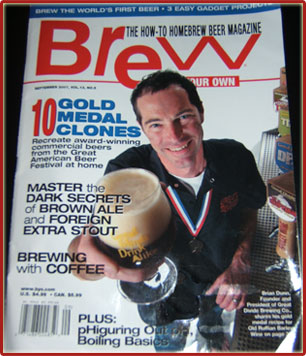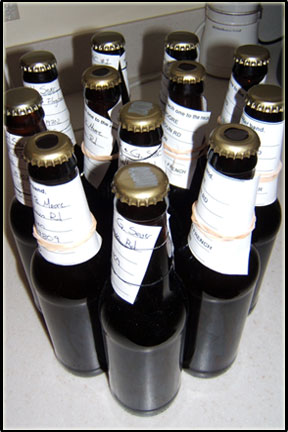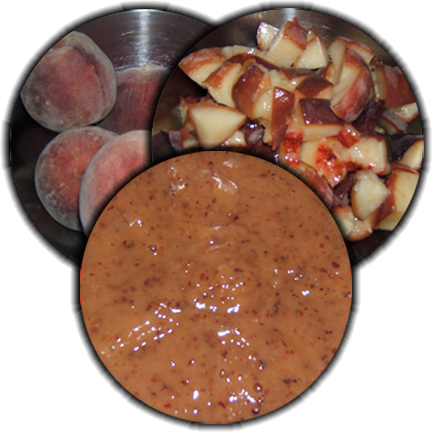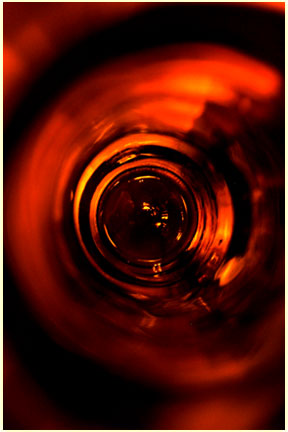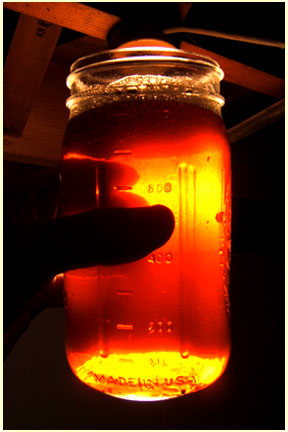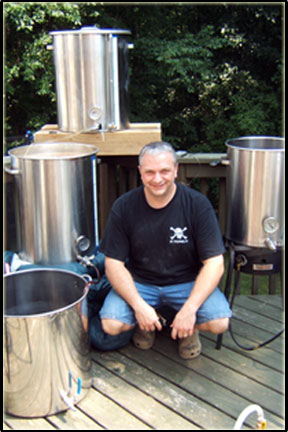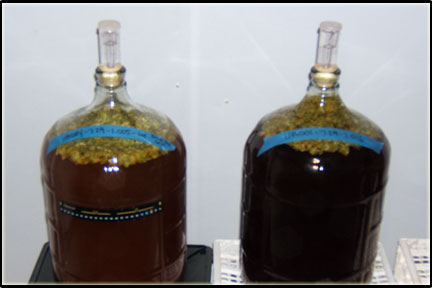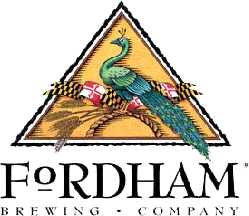I know Erik Mitchell and the Band sounds a little awkward, but I know he doesn’t want to be referred to as The Erik Mitchell Band, but I think there should be a designation between Erik Mitchell playing by himself and with the band. Can I say Erik Mitchell any more times?
 
View more pictures from these two shows here, including multiple, short, poor quality video with poor quality audio (I’m sure they love this)!
Regardless. Fortunately, Karen & I have gotten to see Erik Mitchell and the Band play twice in the last three days in Delaware, it doesn’t get any nicer than that! First, we got to go see Erik, Robert, and Corey play over at the Brandywine Zoo in 103F weather. Erik and Robert have played there acoustically a few times this summer already, but this was the first time they were allowed to plug-in, so they did it up and brought Corey down to help rock the animals. It was really a lot of fun hanging at the zoo and watching the band play. But, I will remind everyone that it was 103F on Saturday, so it was very still and very moist fun. I honestly felt kind of bad for the band, the only one that didn’t look like he was going to melt was Corey. After the zoo and a short air conditioning break we all met back up at Mitchell Square Gardens and had some good grub, some good beers, some good company, and some good ol’ cornholin’!
Today at Rockford Park was just as much fun as on Saturday, only a little shorter and a little cooler. Not only that, this time Mitchell was able to muster up John Conahan to come down and sit in on keys with them. John adds a nice dynamic to the flow that these guys kick out and the harmony vocals are typically pretty nice too. Not that he didn’t contribute in a positive fashion this time, but his keys sounded a little “sharp” sometimes tonight. I hope that this four-set looks into playing more shows together because they seem to work together well, some more in Delaware would be especially nice for us locals. It was neat seeing a show at Rockford Park, I didn’t even know they had a summer concert series, go figure. Plus, they open the tower during the performances so we got to climb to the top and check things out, great view of Wilmington all around.
(Plug time) To read and hear more about Erik Mitchell and his band check out some of his websites for all the information you’ll need including set lits, upcoming events, music to listen to, and music to buy.

